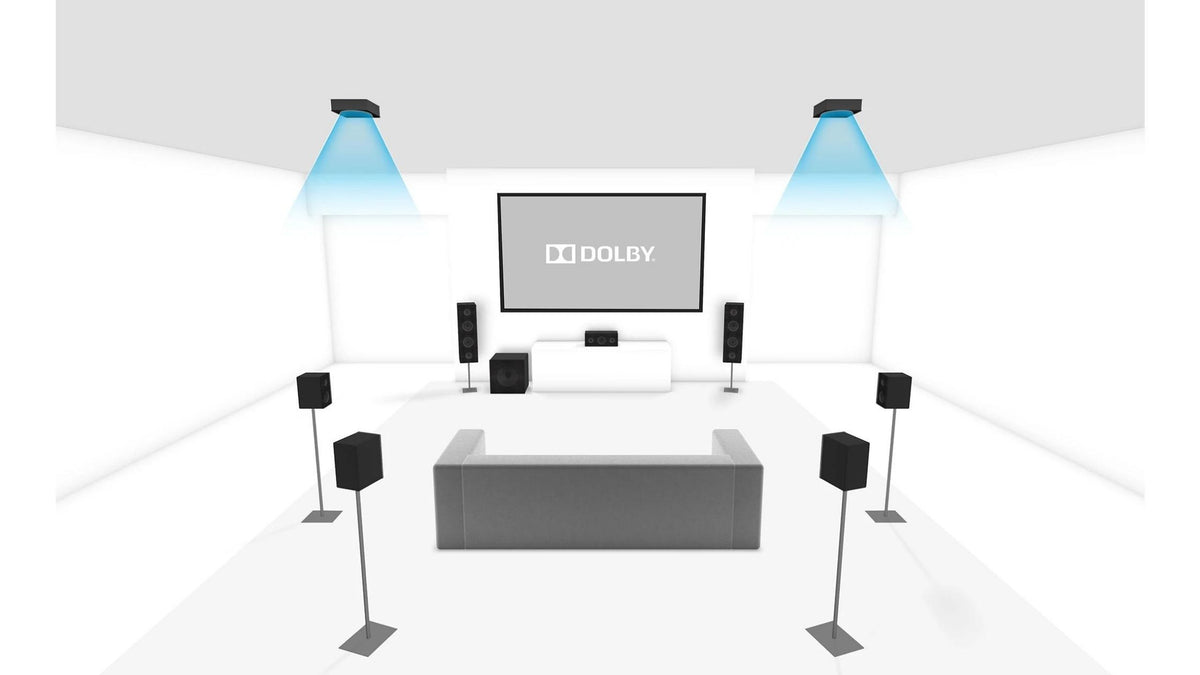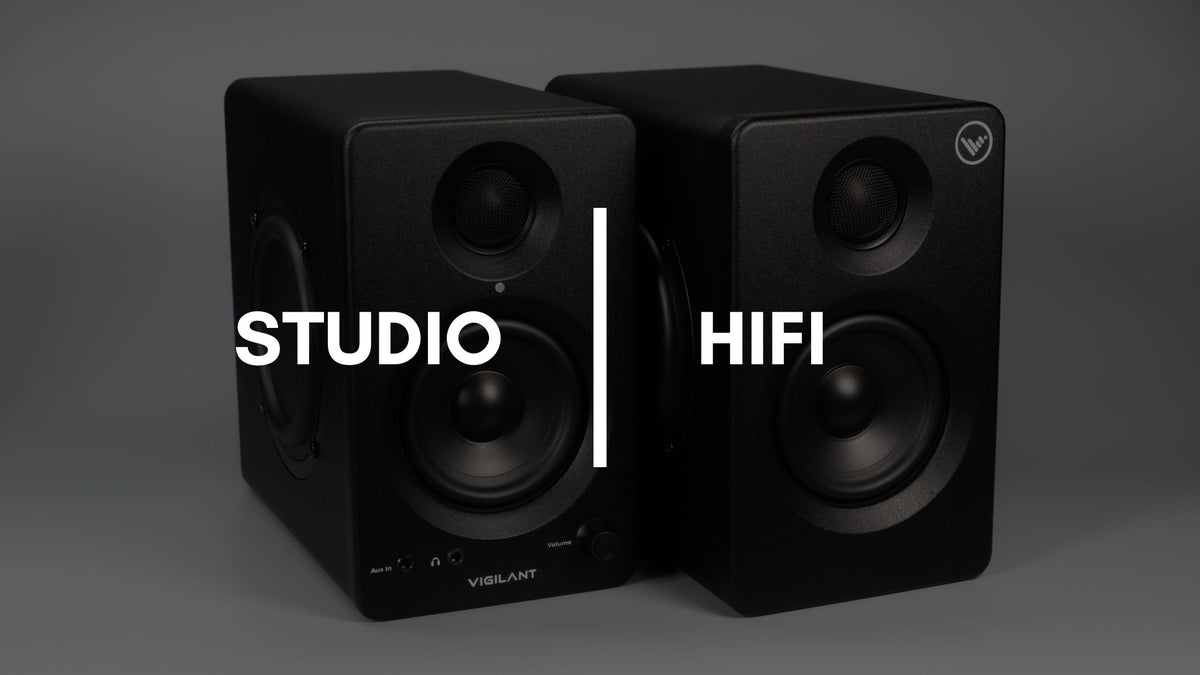What is Dolby Atmos? - A Guide to This New Audio Format

Audio technology has come a long way, and today we're at the rise of immersive audio experiences that can transport us right into the heart of our favorite movies, games, and music. One buzz worthy topic as of late is Dolby Atmos, a technology that's changing up the way we perceive sound. We're going to explore the basics of Dolby Atmos, how it works, and its applications in various settings.
So what is Dolby Atmos?
Dolby Atmos is an immersive audio technology that expands upon traditional surround sound systems by adding height channels, allowing sound to be perceived as coming from all around and above the listener. Unlike conventional 5.1 or 7.1 channel surround sound systems, which rely on channel-based audio, Dolby Atmos uses object-based audio to create a three-dimensional soundstage.
This approach enables sound designers and content creators to place individual audio elements, or "objects," in a virtual 3D space, providing a more realistic sound experience. As a result, Dolby Atmos has quickly gained popularity in cinemas, home theaters, music production, and gaming.
How Does Dolby Atmos works?
The key to Dolby Atmos lies in its use of object-based audio. In traditional channel-based systems, audio is mixed into separate channels, with each channel assigned to a specific speaker. However, Dolby Atmos breaks free from these limitations by treating sound elements as individual objects that can be placed and moved within a 3D space. This 3D space can be scaled up or down depending on the listening environment.
To achieve this immersive effect, Dolby Atmos adds height channels to the mix, typically through ceiling-mounted or upward-firing speakers. This allows sounds to come from above the listener, creating a truly three-dimensional soundstage. Moreover, Dolby Atmos is scalable and adaptive, meaning it can be implemented in a wide range of environments and playback systems, from large cinemas to compact home theaters.
Dolby Atmos Setups
Dolby Atmos has found its way into several applications, enhancing the audio experience across different platforms.
a. Home theater systems
Dolby Atmos-enabled home theater systems bring cinema-quality audio right into your living room. With a compatible AV receiver and a speaker setup that includes height channels, you can experience immersive audio that adds depth and dimension to your favorite movies and TV shows.
b. Cinemas
Dolby Atmos made its debut in cinemas, offering moviegoers a unique and immersive audio experience that goes beyond traditional surround sound. The technology has been widely adopted by major film studios and has become a standard feature in many premium theaters around the world.
c. Music production and streaming
Dolby Atmos is also making waves in the music industry, with artists and producers now able to create immersive audio experiences that go beyond stereo sound. Several music streaming platforms, including Apple Music and Amazon Music HD, have started offering Dolby Atmos Music tracks, allowing listeners to experience their favorite tunes in a whole new way.
d. Gaming
With the increasing demand for immersive experiences in gaming, Dolby Atmos has been integrated into various gaming platforms, including PC and Xbox. The technology allows for precise audio positioning and a more realistic gaming experience, giving players an edge by providing accurate audio cues that can help them navigate their virtual environments.
Getting started with Dolby Atmos
Bringing Dolby Atmos into your home may seem daunting, but it's relatively simple once you know the equipment requirements.
a. AV receiver
You'll need a Dolby Atmos-compatible AV receiver to decode and process the Atmos audio signal. Many modern receivers already support Dolby Atmos, but make sure to double-check the specifications before making a purchase.
b. Speakers
To fully experience Dolby Atmos, you'll need speakers that can reproduce height channels. There are two main options for this: ceiling-mounted speakers or upward-firing speakers. Ceiling-mounted speakers are installed in or on your ceiling, providing the most accurate overhead audio. Upward-firing speakers, on the other hand, are designed to reflect sound off the ceiling, creating the illusion of overhead audio without the need for physical ceiling installations.
c. Dolby Atmos-enabled content
Finally, you'll need Dolby Atmos-enabled content to enjoy the benefits of this immersive audio technology. Many streaming services, such as Netflix and Amazon Prime Video, offer a growing selection of movies and TV shows with Dolby Atmos audio. Additionally, 4K Ultra HD Blu-ray discs often include Dolby Atmos soundtracks, and music streaming platforms like Apple Music and Amazon Music HD feature Dolby Atmos Music tracks.
Conclusion
Dolby Atmos has revolutionized the way we experience audio by creating a truly immersive, three-dimensional soundstage that goes beyond traditional surround sound systems. By understanding the basics of Dolby Atmos and investing in the right equipment, you can bring this revolutionary audio technology into your own home, transforming the way you enjoy movies, music, and games. So, explore the world of Dolby Atmos and experience audio like never before.


